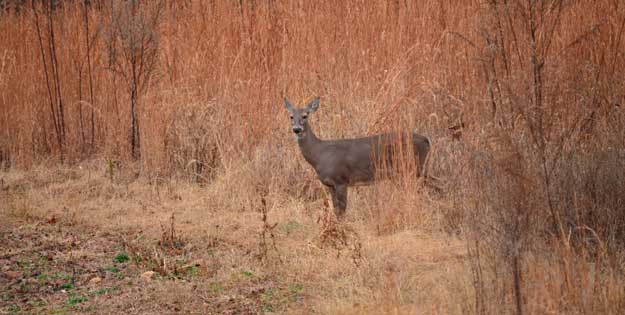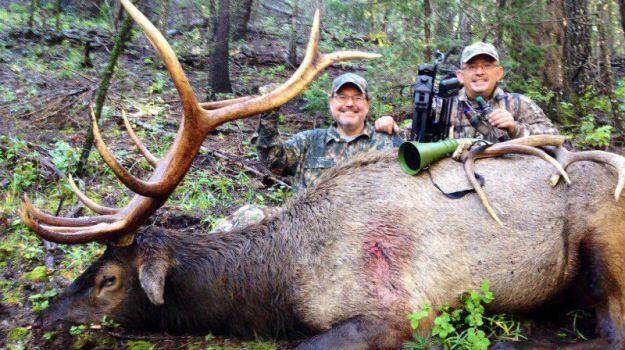
Stand approach is extremely important. If not executed properly, you can destroy all chances before you ever make it to your tree stand or blind. However, getting there is only half the battle. You also need to retreat out of your area without bumping animals.
Let’s say you have a pristine food plot that’s at 100-percent “attraction power,” it’s never been hunted and you’ve been glassing whitetails in the plot for days. So you decide to hunt the plot – plenty of animals show up, just not one of the bucks you were after. You get down from your treestand and head in at dark; however, there were still deer in the plot that you “blow-out” when you leave. In one fell swoop you’ve cut the “attraction power” of that site in half, or there about.
There are several things we can do to help prevent detection while traveling to and from our ambush locations. The top three most effective tactics are listed below and now is the perfect time to prepare two of the strategies.
Create quiet approaches. During late summer, quiet trails can be prepared with a pruner, weed whacker, brush shear (shrub trimmer), chainsaw or bushhog. It depends upon the medium (grass, brush or trees), how close you are to the ambush site, and whether you’re walking, riding a bike or driving an ATV.
Through thick grass or weeds, a weed whacker with a synthetic or steel blade works well. Most regular “yard trimmers” can blow through a mile of trimmer line battling the tough woodland flora, but more sturdy blades can tackle most obstructions up to small saplings. By cutting the standing foliage you reduce the brush “slap-back” noise that is completely unnatural in the whitetail woods.
Before the hunt take it a step further by raking the leaves and other debris from the trail, especially when you get within 100 yards of your site. When done right you can sneak to your stand and have deer bedded very close. You don’t want whitetails to know you’re coming, you are there or you have been there.
When originally creating your approach trail, keep in mind that whitetails will begin using it so it’s a good idea to lead it past your site for a distance, about 15 to 20 yards off to the side. Then go back until you’re perpendicular to your stand and finish a short path the final 15 to 20 yards. Otherwise you’ll have whitetails walking directly at you to the base of your tree without offering you any shot opportunities.
Plant screening cover to hide movement. Tall grasses are used most often for a quick fix. BioLogic’s Blind Spot is a great option for an inexpensive, fast-growing visual barrier and can still be planted this year. It grows well in less than average soil; it’s simple to plant and will grow tall enough to conceal a human in only a few weeks.
If you need to walk through a food plot, corn, sorghum or sunflowers can create a screen. If a more permanent fix is needed, native warm season grasses or conifer trees can be used.
Use the “buddy system.” The buddy system works wonders, especially when you’re hunting the edge of a food source and you don’t have any cover to conceal your movement. Whitetails can’t count. In addition to this obvious fact, most farm vehicles are much less intrusive than a hunter on foot. Obviously you need a friend for this plan, but when the friend drops you off and leaves, the whitetails perceive the danger leaves with them. When they come back to pick you up, they bump the animals off of the food plot rather than you educating the herd to your ambush location meaning danger. You still want to be in and out as quickly as possible, but the idea here is to let the person in the pick-up/drop-off vehicle bump the animals so they aren’t educated to the hunter or ambush location.
Another principal ploy is creating more than one route in and out. We must always be aware of the wind and thermal and having alternative approach routes insures we can hunt during more conditions. Do not approach a site if the conditions aren’t in your favor.




























